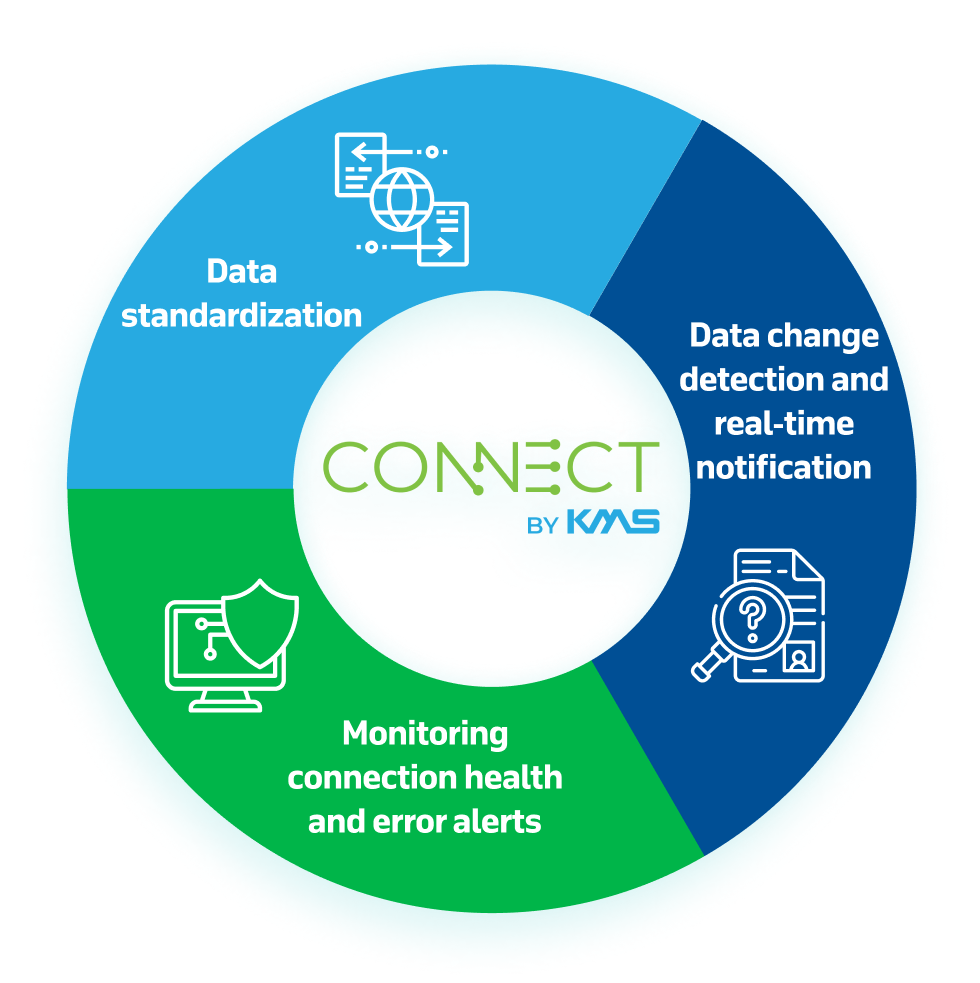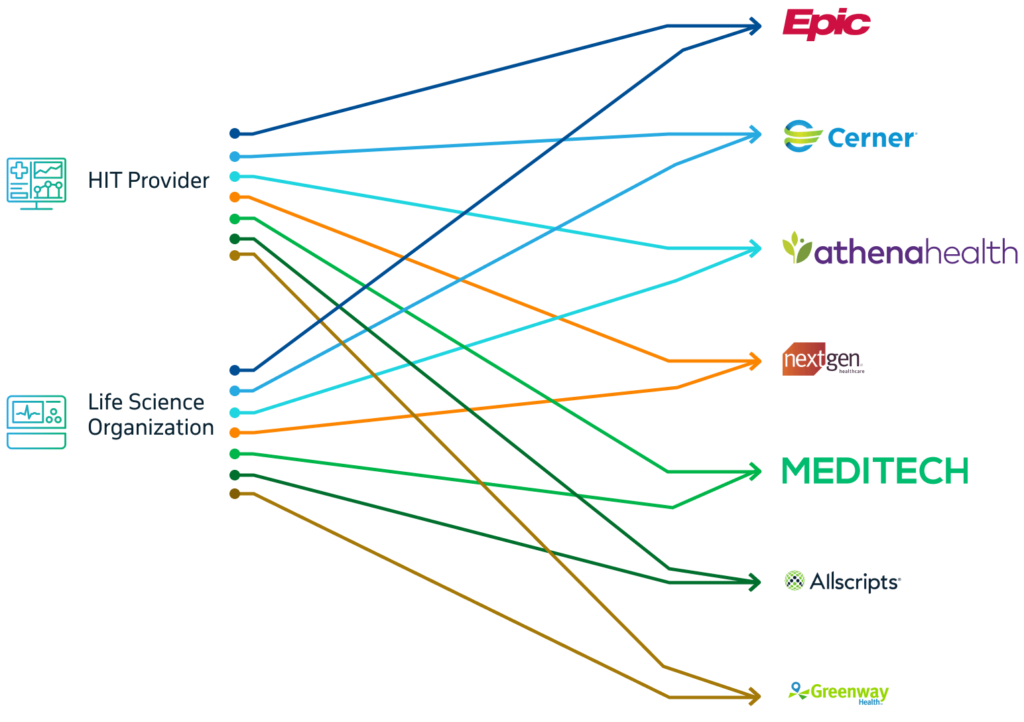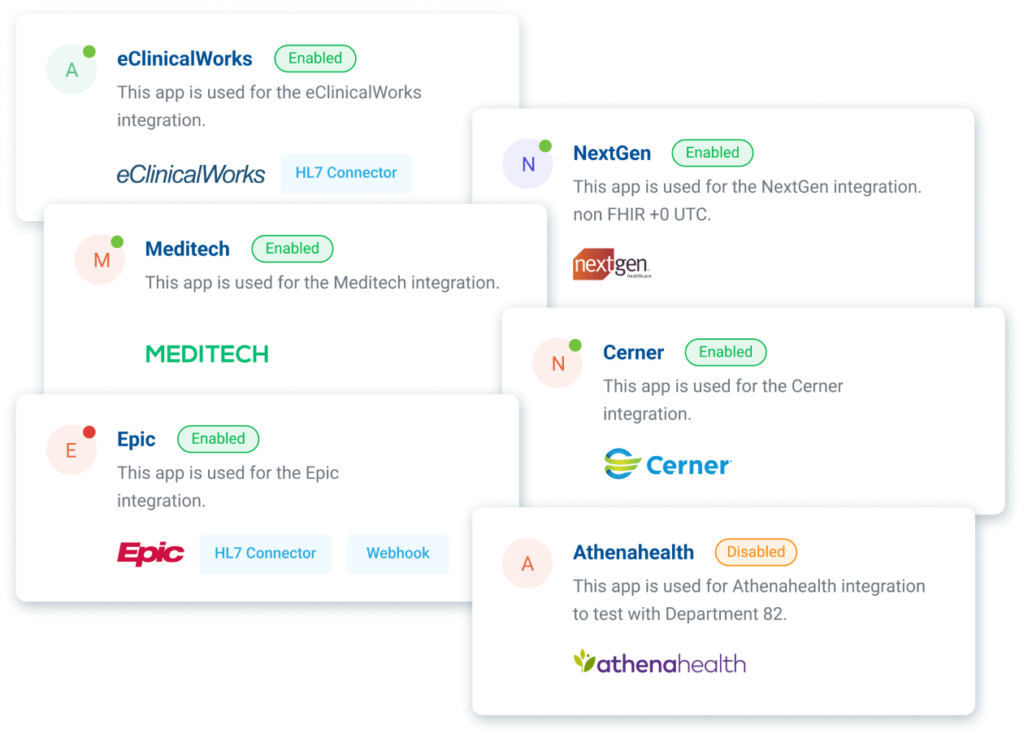EHR Sandbox is a pivotal part of APIs testing. This is explained by the fact that electronic Health Records (EHRs) have become fundamental to modern patient care, providing digital medical histories, clinical information, treatment plans, and lab results. Such records have opened up new avenues for research, data analytics, and healthcare advancements.
Yet, developing and implementing EHR systems can be both intricate and expensive. To ensure the safety, privacy, and effectiveness of EHRs before their deployment in live clinical settings, healthcare organizations have embraced EHR sandboxes as a valuable solution. In this blog, we will explore EHR sandboxes, their advantages, challenges, their role in advancing patient care, and how these are different from a multi-EHR sandbox.
What is an EHR Sandbox?
An EHR sandbox is a simulated or emulated environment where healthcare professionals and developers can test, develop, and fine-tune EHR applications and functionalities without compromising real patient data or disrupting live clinical workflows. The sandbox environment offers a safe space for experimentation and learning, ensuring that EHR systems are thoroughly evaluated before integrated into actual patient care settings.
Benefits of EHR Sandbox

Patient Data Security and Privacy
One of the primary advantages of implementing EHR sandboxes lies in their ability to establish a secure environment for testing and validating EHR applications. By doing so, actual patient data is shielded from potential security breaches and privacy infringements, safeguarding the sensitive nature of health information.
Quality Assurance and System Testing
EHR sandboxes provide developers and healthcare organizations ample opportunities for extensive quality assurance and system testing. This preparatory phase takes place before the deployment of EHR systems in real-world scenarios, effectively reducing the occurrence of errors and optimizing the overall performance of the EHR system.
Interoperability Testing
Given the complex nature of healthcare systems, often comprising multiple interconnected applications and devices, EHR sandboxes play a pivotal role in facilitating thorough interoperability testing. This ensures seamless integration between the EHR system and other healthcare technologies, promoting smooth data exchange and communication.
Training and Education
Medical professionals find EHR sandboxes to be valuable educational tools. These sandboxes offer opportunities for professionals to learn and familiarize themselves with EHR systems, all while mitigating risks associated with real patient data or potential disruptions to clinical operations.
Innovation and Advancement
One of the key catalysts for innovation in healthcare lies in EHR sandboxes’ ability to provide a secure environment for experimentation. Developers can explore novel features, functionalities, and integrations within the sandbox, leading to the creation of more robust and efficient EHR systems that push the boundaries of patient care.
5 Steps to Implementing EHR Sandbox

Implementing an EHR sandbox requires careful planning and consideration of various factors. Key steps in the implementation process include:
1. Defining Objectives: Healthcare organizations must clearly define the objectives they aim to achieve with the EHR sandbox. These objectives may include improving interoperability, testing specific applications, or evaluating the performance of EHR systems under different scenarios.
2. Infrastructure and Environment Setup: Creating a sandbox environment necessitates setting up the necessary infrastructure, hardware, and software components. The sandbox should replicate the configurations and functionalities of the actual EHR system, ensuring accurate testing results.
3. Data Anonymization and Masking: To protect patient privacy, actual patient data should never be used in the sandbox. Instead, data anonymization and masking techniques can be employed to generate realistic yet entirely fictitious patient records for testing purposes.
4. Security Measures: Maintaining the security of the sandbox environment is crucial. Robust access controls, encryption, and monitoring mechanisms should be put in place to prevent unauthorized access and data breaches.
5. User Training: Users, including developers and medical professionals, need to be properly trained on how to use the sandbox effectively. This includes understanding the sandbox’s capabilities and limitations, as well as best practices for testing and experimentation.
Challenges and Considerations in Testing APIs with EHR Sandbox

While EHR sandboxes offer numerous advantages, their implementation is not without challenges.
Costs and Resources
Creating and maintaining a functional EHR sandbox can be costly and resource-intensive. Healthcare organizations must allocate sufficient funds and expertise to ensure its success.
Realism and Complexity
Ensuring that the sandbox environment accurately reflects the complexity of real-world healthcare scenarios can be challenging. A highly realistic sandbox is crucial for obtaining accurate testing results.
Regulatory Compliance
Complying with healthcare regulations and data privacy laws is essential, even within a sandbox environment. Organizations must ensure that the sandbox adheres to relevant regulations to avoid potential legal issues.
Scalability
As healthcare systems grow and evolve, the sandbox must be scalable to accommodate changes in the EHR system and support ongoing innovation.
Vendor Collaboration
Collaboration with EHR vendors is vital to test and validate their products effectively. However, securing cooperation from vendors may be challenging due to proprietary concerns or resource constraints.
EHR Sandbox Advancing Patient Care and Innovation

EHR sandboxes lay the foundation to advance patient care and drive innovation within the healthcare industry:
Advancing Patient Safety
EHR sandboxes play a crucial role in bolstering patient safety through comprehensive testing and quality assurance. By diligently identifying and addressing potential vulnerabilities and errors in EHR systems before they impact real patients, these sandboxes proactively enhance patient safety, minimizing the risk of adverse events.
Streamlining Clinical Workflows
A key benefit of EHR sandboxes lies in providing healthcare professionals with a secure environment to familiarize themselves with EHR systems. This fosters greater efficiency and streamlines clinical workflows as medical staff becomes more adept at utilizing EHR technology during patient care.
Facilitating Optimized Interoperability
The seamless exchange of data across diverse healthcare applications is imperative for efficient healthcare delivery. EHR sandboxes facilitate rigorous testing of interoperability, ensuring smooth information sharing among different systems and promoting enhanced patient care continuity.
Empowering Research and Data Analytics
EHR sandboxes present valuable opportunities for researchers and data analysts to conduct in-depth research and manipulate synthetic patient data. This enables the development of data-driven insights and groundbreaking healthcare advancements, potentially revolutionizing patient outcomes.
Cultivating a Culture of Continuous Improvement
At the heart of EHR sandboxes is the encouragement of continuous improvement. By providing a collaborative platform for developers and healthcare professionals to experiment and innovate with EHR systems, these sandboxes lead to frequent updates and enhancements that ultimately result in improved patient care outcomes.

How is a Multi-EHR Sandbox Different?
A multi-EHR sandbox expands the traditional EHR sandbox concept by creating an environment that simulates multiple interconnected EHR systems. It goes beyond testing individual EHR platforms and focuses on assessing the seamless exchange of data between different systems. The primary goal of a multi-EHR sandbox is to address the challenges of interoperability, which has been a longstanding issue in the healthcare industry
Advantages of a Multi-EHR Sandbox

Interoperability Testing
The core advantage of a multi-EHR sandbox lies in its ability to perform comprehensive interoperability testing. It facilitates the examination of how data flows across different EHR systems, ensuring that information exchange is accurate, secure, and efficient. This is vital in today’s healthcare landscape, where seamless data sharing is essential for providing holistic, patient-centered care.
Realistic Clinical Scenarios
A multi-EHR Sandbox allows for the creation of complex and realistic clinical scenarios involving multiple healthcare providers, specialties, and institutions. This level of realism enables developers and healthcare professionals to evaluate EHR systems’ performance in scenarios that mimic real-world healthcare settings.
System Integration
As healthcare systems continue to evolve and integrate with various technologies, a multi-EHR sandbox becomes instrumental in assessing how EHR platforms interact with other healthcare applications and devices. This ensures that EHR systems can seamlessly function within the broader healthcare ecosystem.
Data Exchange Standards Compliance
Interoperability often relies on adherence to standard data exchange formats and protocols. A multi-EHR sandbox allows for rigorous testing of compliance with these standards, identifying any issues that might hinder data exchange between different EHR systems.
Vendor Collaboration
A multi-EHR sandbox facilitates collaboration among EHR vendors by providing a neutral testing ground for their products’ interoperability. It encourages vendors to work together to address interoperability challenges, ultimately benefiting the entire healthcare community.
Test EHR APIs With KMS CONNECT’s Multi-EHR Sandbox Environment

Do you find obtaining EHR sandbox access to be complex and time-consuming? With CONNECT’s developer portal, you get instant access to sandbox environments for all major EHRs.
Our dedicated sandbox environment is designed for secure testing across multiple EHRs without compromising patient data or the live production environment. Explore and test our EHR integration APIs, demo your application using realistic test data, and seamlessly integrate with your desired EHR. Utilize CONNECT’s sandbox environment to reduce time and effort for testing and validating your integrations before going live. Contact us today.
